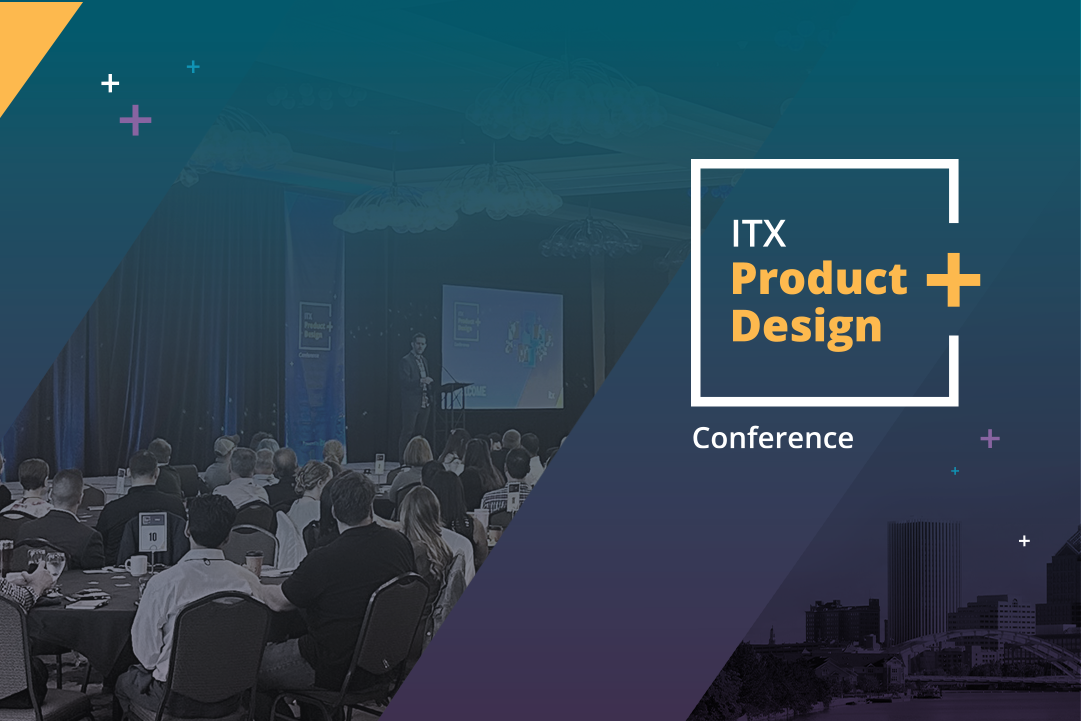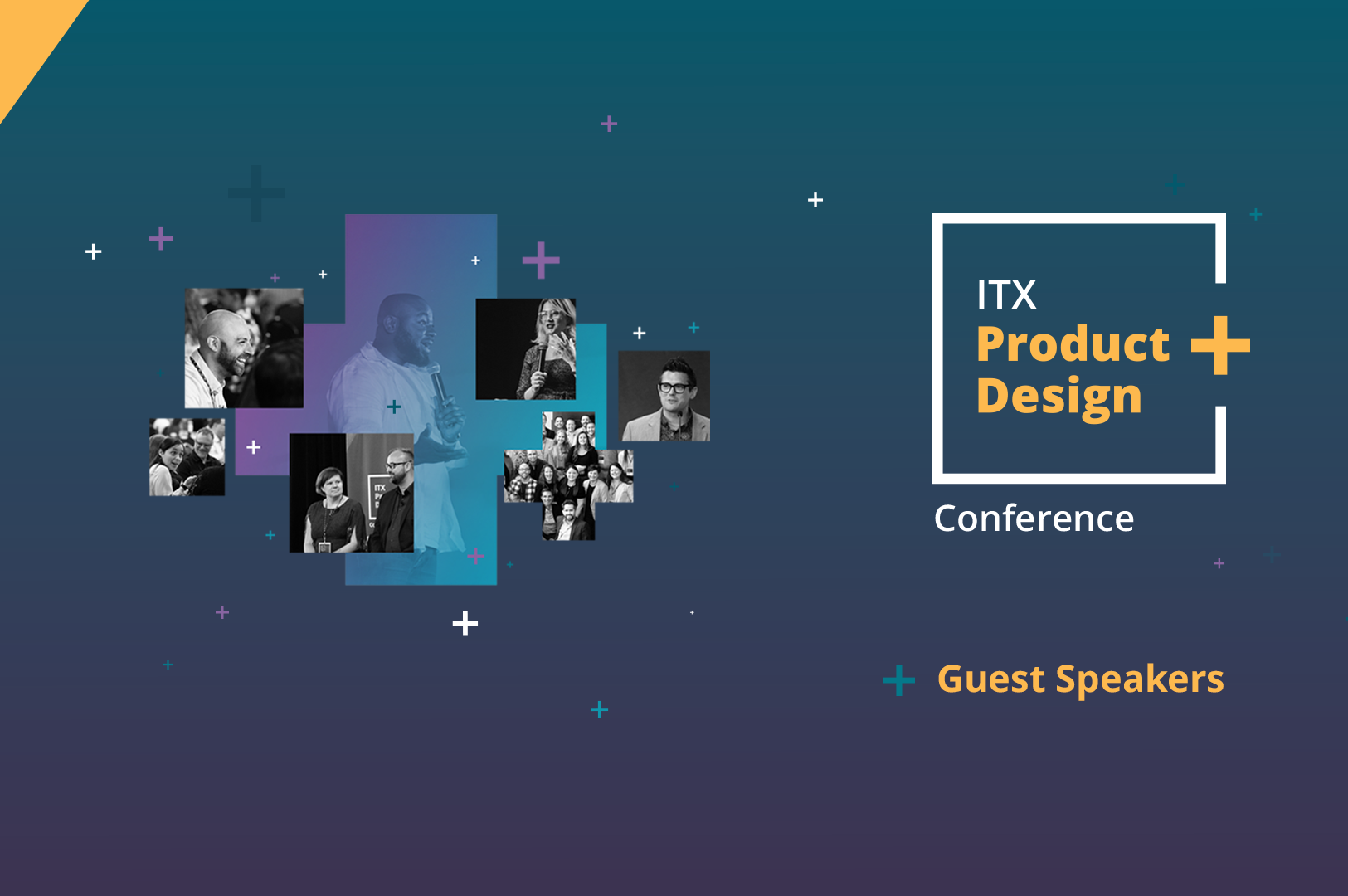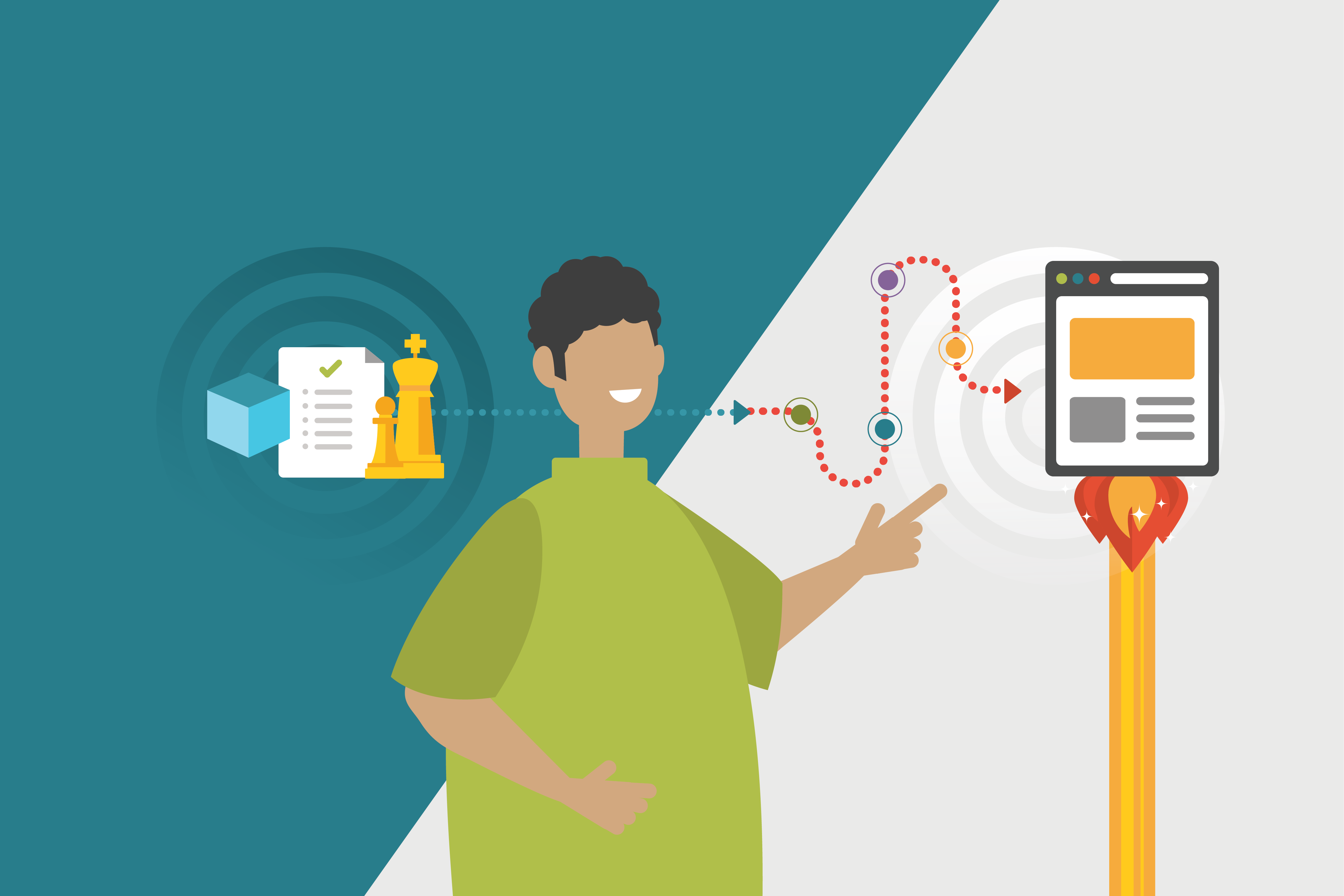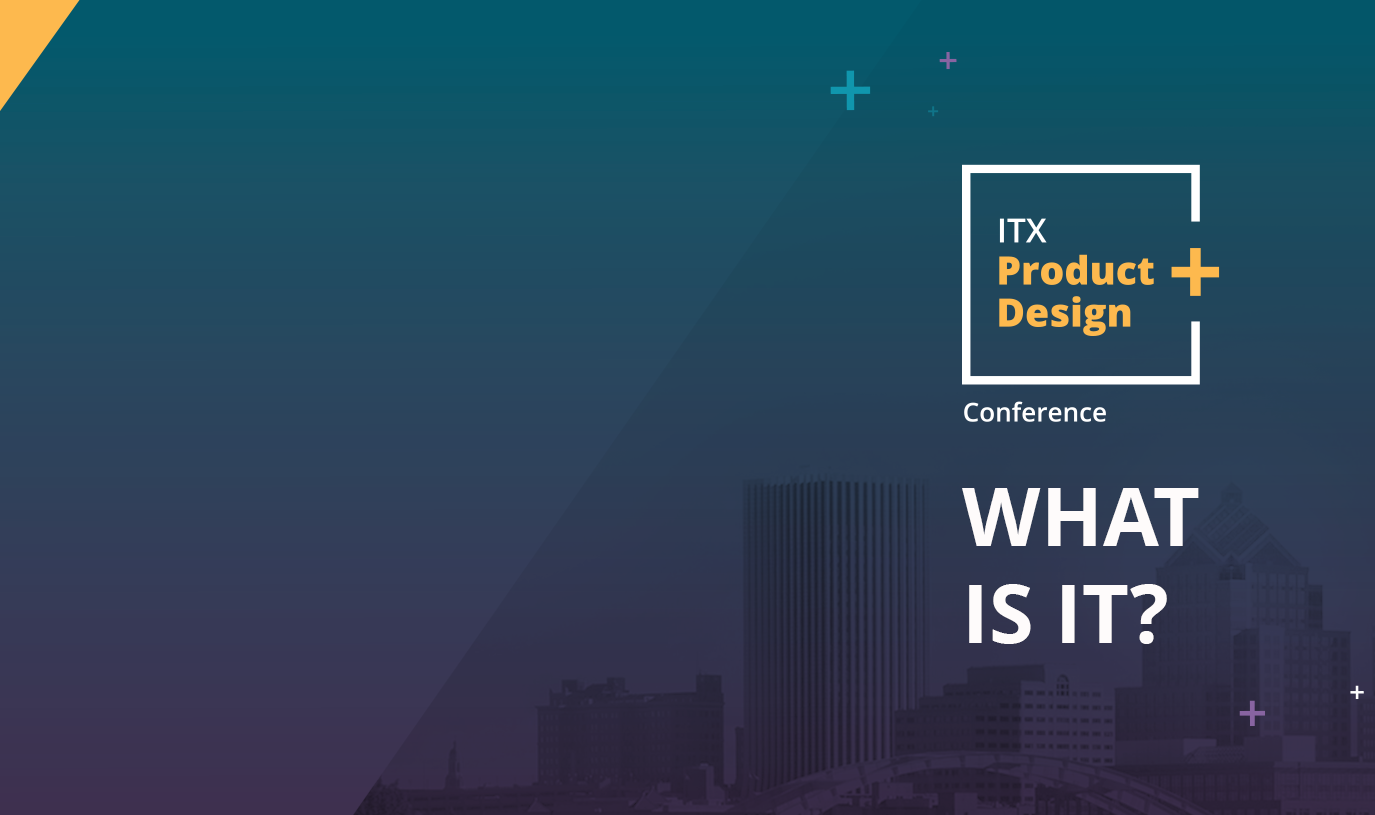Bridging the Gap: Highlights from ITX’s 2nd Annual Product + Design Conference

ITX hosted its 2nd Annual Product + Design Conference on June 22-23 at the Grand Hyatt Hotel Ballroom in downtown Rochester. The 2023 event’s 225+ Keynote Day attendees included every fashion of product maker and leader.
They may have entered the conference as product managers, designers, engineers, QA specialists, and content strategists. But they exited as members of a product team – collectively responsible for solving one shared problem: how do we improve the lives of our users








